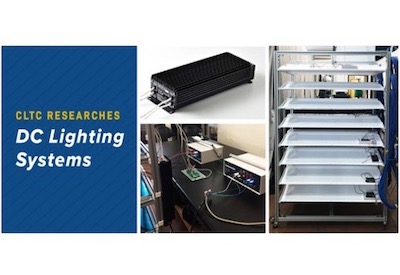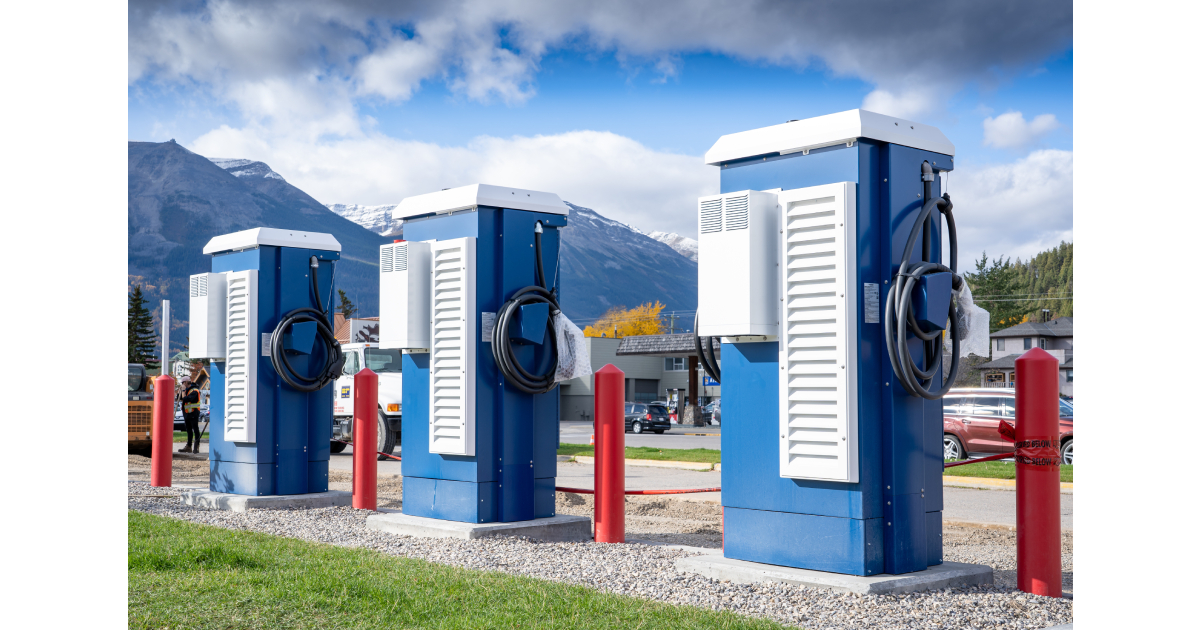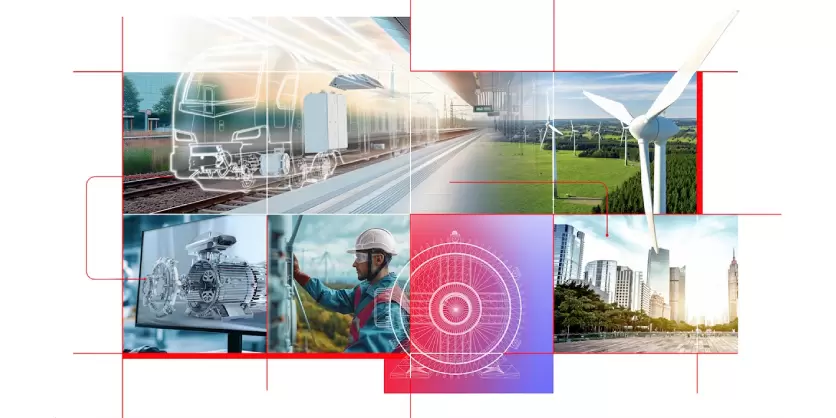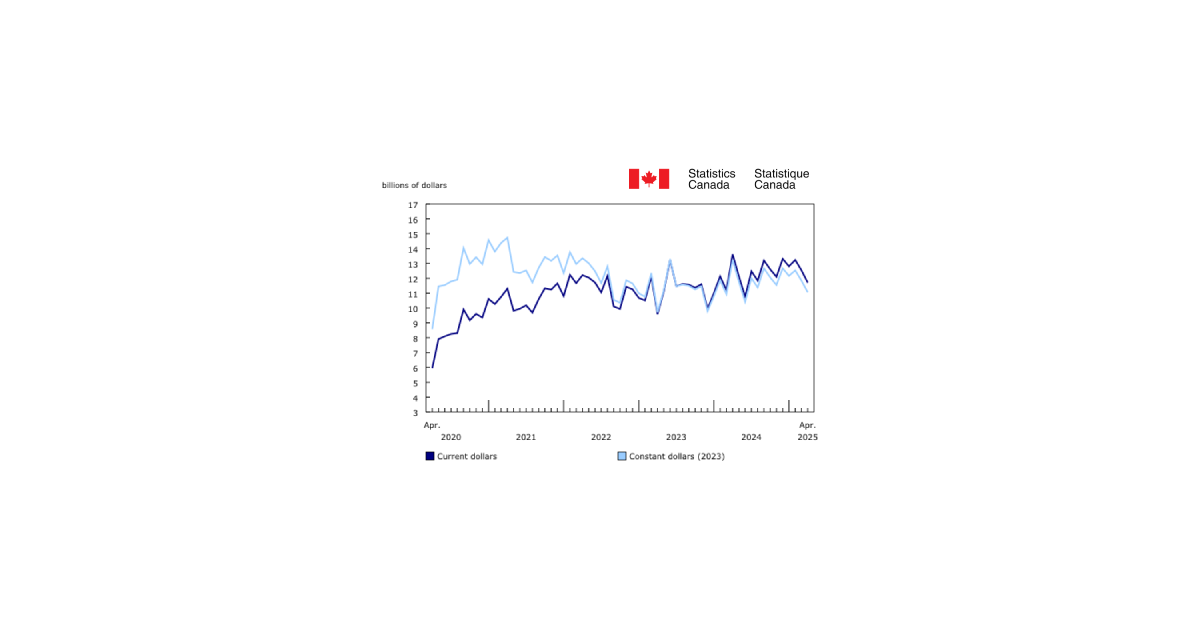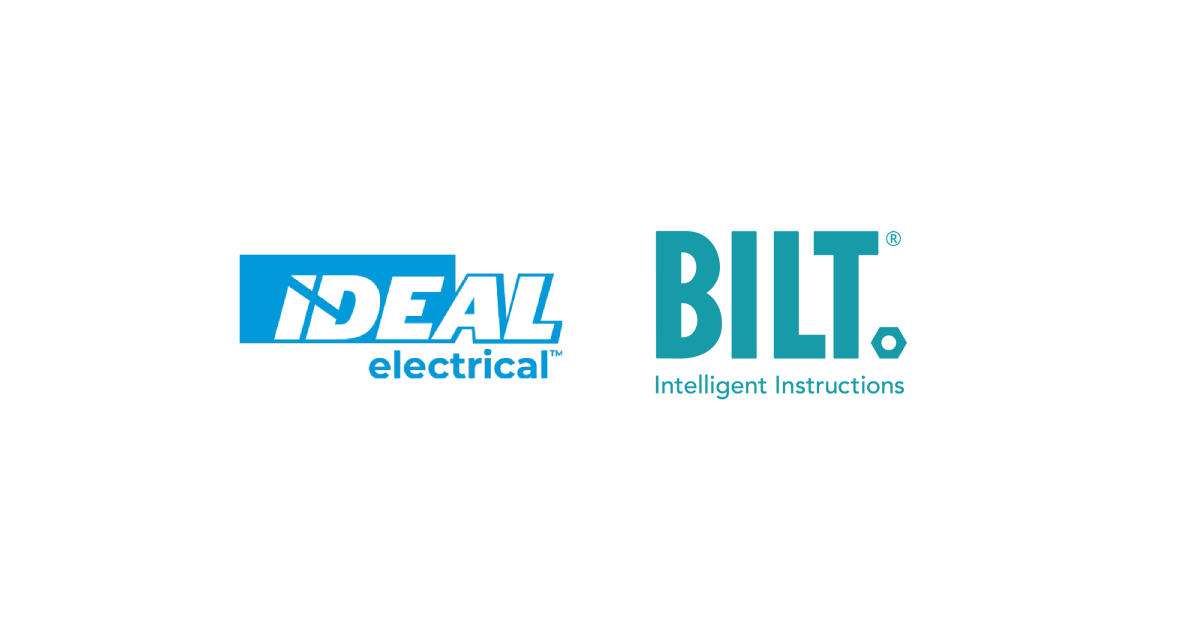Grid Modernization and Intuitive Product Design with Chris McCarthy of S&C Electric Company
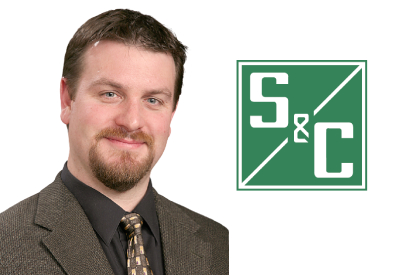
January 21, 2022
By Blake Marchand
Chris McCarthy, Senior Vice- President of Sales Enablement & Operations, has 26-years of industry experience with a technical background as an Electric Power Engineer. After being in the field over time has moved into sales support leading two separate teams, Sales Operations and Sales Enablement, each team works in support of sales for S&C. Electrical Industry News Week sat down with McCarthy (virtually) to discuss his thoughts on grid modernization and S&C’s role in that transition.
Modernizing the grid while keeping it simple
McCarthy said that expectation with consumer technology has parallels with the utility industry and modernization of the grid.
“More and more is expected of people (in today’s workforce), its been headed that way for a long time. Whether it’s based on leveraging technology or not, people’s roles are expanding, I think the key thing is people are expected to quickly learn new skills and get going. There are a few factors into that, this is partly a generational thing, but mostly I think this is greatly exaggerated by COVID, people are changing jobs more frequently. When that happens, you end with a lot more people in their first year or their second year of their jobs, so there’s just a lot more quick-learning and you end up with less tenured people in those roles.”
“Lines crews are having to deal with more equipment on the grid every day. And not just a higher quantity, but a greater variety of equipment from different manufacturers and different vintages.”
The infrastructure was built over decades, McCarthy noted, which means line workers today are dealing with a mix of technologies and that brings challenges. Looking back 20-years there weren’t as many devices on the grid, “now we’re adding so many automated, smart, intelligent devices, stand alone sensors, a lot of those devices have communications; so, the same circuits have a much higher number of high touch components compared to what they had in the past.”
Having to continually learn more and more new technologies, McCarthy said, “has potential to be very complicated.”
When it comes to the utilities and line crews’ expectations, safety and reliability are uncompromisable. “There are no short cuts accepted with safety or reliability. So, how do utilities deal with all this new technology, grid modernization?”
S&C has prioritized designing products that are intelligent as well as intuitive and simple to use.
“There’s a desire to make settings – how you configure devices and how you operate devices – simple and repeatable. We have a large utility customer that deployed 10s of thousands of one of our new products and they did it with two settings across the majority of their system.”
Although, McCarthy noted there are some scenarios where devices will have to be fine tuned or customized.
“In the past, protection devices were very customized, you would have to choose the settings for that device on that feeder and it depended on what was upstream and downstream from that location.”
“The more you can standardize things, the easier it becomes.”
Electrical grids are obviously large and complex systems and utilities have to prioritize safety. The challenge for S&C is to develop products that have a level of automation and repeatability, minimize margin for error while producing an intrinsically safe product.
S&C’s product development philosophy
McCarthy highlighted S&C’s approach to grid modernization with two examples of products the company has designed: the IntelliRupter PulseCloser Fault Interrupter and the TripSaver II Cutout-Mounted Recloser. As mentioned above, a key focus in their design was limiting the learning curve, “Simplifying operations of the devices, how you handle them, how you interface with them to simplify those learning curves and ensure easier retention is right at the forefront.”
The IntelliRupter fault interrupter is comparable to circuit breakers at substations and reclosers on the main circuit, “This is a new technology. It accomplishes some of the same things, but it does it in a more sophisticated way. For example, it uses 95% less energy to test the line for short-circuits. This results in less wear-and-tear on the electrical equipment and opens up new protection applications as well.” The IntelliRupter fault interrupter is an “integrated design,” said McCarthy, meaning, “you lift it out of the crate, and it has all parts and pieces together. Even the controls are integrated into it, the mounting frame is integrated; and it’s self-powered, it draws power from the system.”
The IntelliRupter fault interrupter is an “integrated design,” said McCarthy, meaning, “you lift it out of the crate, and it has all parts and pieces together. Even the controls are integrated into it, the mounting frame is integrated; and it’s self-powered, it draws power from the system.”
An important factor for S&C Electric Company was to offer a product that doesn’t require a high level of assembly and leaving the utilities waiting on parts to install equipment. All the utility needs to supply are the bolts to attach the IntelliRupter fault interrupter to the poles. The goal obviously is to simplify the process of installation and operation, and as McCarthy has mentioned, to limit the learning curve compared to other equipment.
The IntelliRupter fault interrupter has a sophisticated design from a computer/technology standpoint, “but to a line worker its very simple. It has mechanical levers, similar to a lot of other switches and simple to operate devices on the system.”
“We’ve had a lot of line workers say they like that, it’s very advanced but it’s simple to operate for new people when they see it.” Another aspect that highlights the importance of a simple design, McCarthy noted, is during storms when crews from surrounding areas will come to assist the impacted area. “They may not have these devices on their system, you want someone that walks up to a device in the field to know how to operate it.”
The TripSaver II recloser protects lateral lines, fitting into the same cut-out that fuses fit into.
 Fuses have been a core component of the protection of the distribution system for 100 years, McCarthy said, “fuses started S&C in 1911.”
Fuses have been a core component of the protection of the distribution system for 100 years, McCarthy said, “fuses started S&C in 1911.”
“TripSaver II reclosers are a more advanced device than fuses. They are a fully functional multi-shot recloser that get you a lot more reliability than fuses because they don’t just blow like fuses, they try to clear the fault. If a TripSaver II recloser can’t clear the fault, that indicates that a line crew is needed to repair the electric lines.”
“A lot of the operational characteristics of it are very similar to the fuses that utilities already have on the system, which is partly why it’s easy to adopt.”
Like the IntelliRupter fault interrupter, McCarthy said the goal was to make the product intuitive. A TripSaver II recloser doesn’t look exactly like a traditional fuse, but S&C wanted to design it in a way that line crews can easily figure out how to open and close it.
When there’s a short circuit, “the fuse is normally carrying 10 amps of current to serve all the different houses, then it might jump to 500 amps of current, so the fuse blows to protect the system. When that happens it drops open and a line worker can see that, looking down the street you can spot when those – they call them cut-out doors – are open. So, we designed the TripSaver II recloser in a similar way.”
McCarthy said that a common scenario is that an animal inadvertently causes a fault, noting, “80% of the faults on lateral lines are typically temporary.” With TripSaver II reclosers, crews have to go into the field for repairs less frequently. In these types of scenarios, when animals or tree branches etc. are the cause of a fault, if you interrupt it for a few seconds before closing again, you can restore service automatically.
“When the TripSaver II recloser operates, inside, the vacuum interrupter opens, closes and you can restore service. The line crew doesn’t even have to visit the faulted location. That’s one of the major benefits.”
Another aspect of the integrated design is, both products are ‘self-powered’, you don’t need a battery although it is an option. McCarthy noted batteries can be a pain point because it requires regular maintenance. “If you have 10’s of thousands of these on the system, you’re going to have people with full-time battery replacement programs.
The device is connected to the line and drawing energy from there to power the controls, “it takes another variable out of the equation for utilities.”
The technology to draw power from the line is also an innovation by S&C. There is a lot of research and development that goes into developing products like the IntelliRupter fault interrupter and TripSaver II recloser, which McCarthy noted is a big reason he joined the company in the first place. S&C is a company focused on developing innovative and unique products that improve reliability and safety while maintaining a level of simplicity. In service of that, they have teams doing ‘focused technology investigations’ to inform their product development and they’re also consulting customers and line crews because, ultimately, they’re the ones that will be handling the products day-to-day.
“We talked about the simplicity of everything, which is good. But there comes a time where there are tricky, one-off problems that require something that is not standard. That comes up quite a bit on the utility system, and that’s when you need the sophisticated products and services to along with that.”
“These two products,” he said for example, “are very simple to get going, very simple to install – the IntelliRupter fault interrupter in particular, has more capability than any other device that goes out onto the distribution system.” When the application requires more customization, the functionality is there to tailor it to specific applications. Which is something that highlights the philosophy of S&C. Simple products with intuitive design combined with a high level of sophistication and adaptability.



